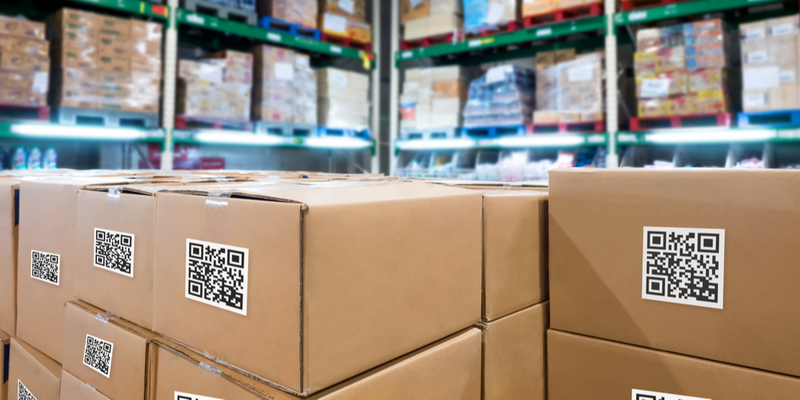Inventory management is the method that a company uses to source, store and move its inventory (its products). This includes both the materials to manufacture these products (also referred to as raw materials) as well as the finished item. Needless to say, any type of inventory management system has to deal with a lot of moving parts, including price fluctuations, disruptions in the supply chain and costs that are out of your control, such as a sudden surge in oil prices, which would definitely affect your budget and quite possibly timing.
What Falls Under the Classification of Inventory?
In general, inventory falls into one of four different categories:
- Raw Materials: Products used in the manufacturing or creation of the finished goods.
- Work in Progress: Like the name suggests, these are the items that are in the process of becoming finished goods.
- Finished Goods: The completed items that are ready to be sold or shipped to retail partners.
- MRO Goods: MRO is an acronym for Maintenance, Repair and Operating supplies. These are the items that are necessary for the running and maintenance of the equipment that create the finished goods.
The Scope of Inventory Management Systems
Understanding that inventory management extends beyond basic warehousing and shipping is key — it absolutely affects all corners of the organization, from financials to retail to the overall goodwill of your company. Having a robust inventory management system in place helps control costs, streamlines shipping and fulfillment, gives the number crunchers a more accurate reporting of assets and also helps keep your company in the good graces of its retail partners and end users.
The Types of Inventory Management Systems
Generally, there are two types of inventory management systems in use today:
- Perpetual Inventory Systems
- Periodic Inventory Systems
And within each of those two types, there are two sub-categories:
- Barcode System
- Radio Frequency Identification (RFID) System
Perpetual Inventory Systems
A perpetual inventory system updates inventory records in real time. It typically involves use of a POS (point of sale) system that is connected to enterprise asset management software. Every transaction that occurs will update the inventory in real time.
Pros:
- Gives up-to-date reports on inventory.
- Provides detailed tracking on transactions.
Cons:
- Often requires specialized equipment.
- Typically, more expensive than periodic inventory systems.
Periodic Inventory Systems
A periodic inventory system performs an inventory at only certain intervals, such as weekly, monthly or quarterly. In this scenario, it adds new purchases from the date of the last inventory, deducts inventory that was shipped out and creates a report from that data.
Pros:
- Tends to be less costly than a perpetual inventory system.
- More useful for smaller businesses.
Cons:
- Inventory with a periodic system can slow down other functions at your facility.
- There is a higher possibility of shrinkage and fraud than with other systems.
The Two Methods Used for Inventory
There are also two methods used for inventory: Barcode Inventory Systems and Radio Frequency Identification (RFID) Systems.
Barcode Inventory Systems
Known to be far more accurate and efficient than manual counting, using a barcode or QR code that is scanned by a device saves massive amounts of time by automating the process. A bar code is affixed to individual products and are scanned upon arrival or departure from your facility.
Radio Frequency Identification (RFID) Systems
The RFID system uses fixed tag readers to enter inventory into the management software. As the item passes the scanner, it’s read and this movement is recorded in the system. These systems tend to be more complex, expensive and cumbersome than other systems. One large advantage over other systems is that the data from the tag doesn’t have to be in the line of sight of the reader; the reading range varies depending on the application. Generally, RFID scanners can read from about 40 feet using passive technology and up to 300 feet using active technology.
The Bottom Line
An inventory management system is a must-have for virtually every business doing any sort of volume. It keeps track of inventory, generates purchase orders, delivers sales and shipping reports and helps forecast demand by providing historical data. It streamlines the entire warehousing/shipping process and allows you to quickly and easily spot any discrepancies along the way.
Chris Capelle is a technology expert, writer and instructor. For over 25 years, he has worked in the publishing, advertising and consumer products industries.
Sources:
The Blueprint – 4 Types of Inventory Management Systems for Small Businesses
Business.org – Types of Inventory Management

